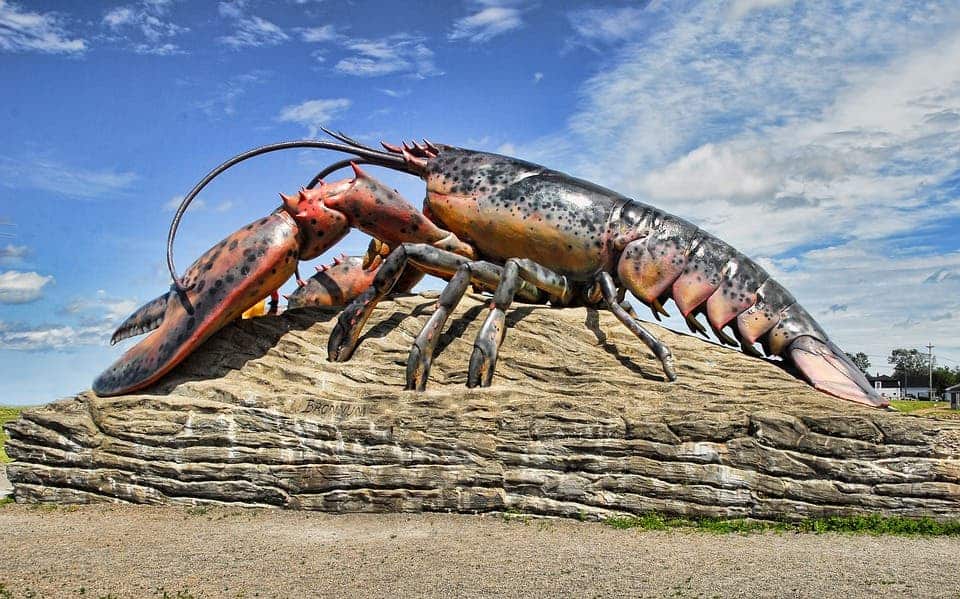
Lobsters and other crustaceans are covered in a thick carapace that shields them against predators and general danger. But if you’ve ever flipped a lobster on its back, you might have noticed how the underside of the tail is covered in segments connected by a membrane. According to MIT researchers, this membrane is surprisingly tough, enabling the lobster to scrape against the jagged seafloor without injuring itself. It’s also highly flexible allowing the tail to move freely, making it a great inspiration for a new kind of body armor, particularly for mobile areas such as elbows and knees.
Soft but tough
Ideas for interesting new research often arise from the most unexpected places. Ming Guo, Assistant Professor in the Department of Mechanical Engineering at MIT, was once having a lobster dinner when he noticed that the belly’s transparent membrane was difficult to chew. He wondered why and soon found out that no one was entirely sure.
So Guo and colleagues took it upon themselves to investigate the unusual properties of the material. They cut the membrane into very thin slices, each of which went through a series of experiments. Some slices were left in a small oven to dry before researchers measured their weight. This analysis showed that about 90% of the lobster’s membrane is water, making it a hydrogel.
Meanwhile, other samples were kept in a saline solution that mimicked the water found in an ocean environment. These samples were subjected to mechanical tests, which stretched the membrane with precisely controlled forces. The membrane was floppy and easily stretchable until it was elongated to twice its initial length, at which point the material stiffened and become tougher and tougher. This was surprising, seeing how most hydrogels get softer the more you stretch them. Guo thinks that this strain-stiffening behavior allows the lobster to move freely when it has to while allowing it to stiffen and protect itself in times of peril.
Lobsters are known for scraping against abrasive rocks and sand. When researchers used a scalpel to scratch the membrane samples, they found that it could still stretch equally far even when cutting through half its thickness. A rubber composite with similar properties would break under the same conditions.
Using electron microscopy, the MIT researchers zoomed in on the membrane to understand what made it so resilient. What they found was a structure resembling plywood, with each membrane being comprised of thousands of layers of chitin fibers. All the straw-like fibers are orientated at precisely the same 36-degree angle offset from the layer of fibers above.
“When you rotate the angle of fibers, layer by layer, you have good strength in all directions,” Guo says. “People have been using this structure in dry materials for defect tolerance. But this is the first time it’s been seen in a natural hydrogel.”
One riddle that Guo and colleagues are still trying to answer is how the fibers are guided into such a layered architecture. Once they understand the process, the researchers hope to mimic it to generate synthetic microstructures with similar properties. One application would involve a flexible body armor, but soft robotics and tissue engineering might find such a hydrogel appealing.
With such sophisticated hardware at its disposal, it’s no wonder that lobsters have been so successful.
“We think this membrane structure could be a very important reason for why lobsters have been living for more than 100 million years on Earth,” Guo says. “Somehow, this fracture tolerance has really helped them in their evolution.”
The findings were published in the Acta Materialia.


